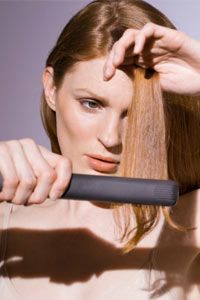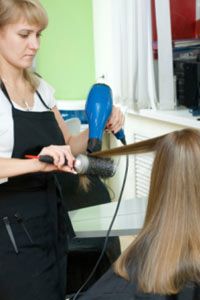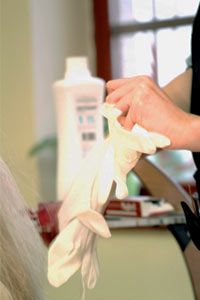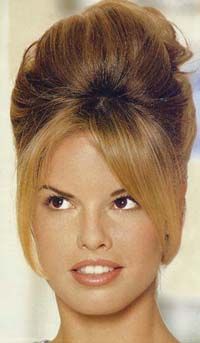It should be one of Murphy's Laws: If you have pin-straight hair, you'd give your left arm for it to be curly. If you're born with curly hair, you envy all the straight-haired girls. But can this testy textural dilemma be solved? Yes -- a variety of chemicals and appliances can help.
It used to be that it was easier to go curly: Perms were all the rage for a while, but curly-haired girls had to make do with blow dryers -- and the truly desperate even folded themselves over ironing boards and pressed clothes irons to their poor, unruly locks.
Advertisement
But now that's all been reversed. Instead of curly, springy locks, everyone seems to want straight, sleek hair, and there are more options than ever for taming twirling tresses.
From drugstore styling products to four-hour chemical "restructuring" treatments, we'll give you the skinny on going straight.
Advertisement






